
Spicing up history, the spice trade has been a fascinating saga that greatly influenced the course of global demographic trends. Originating in the ancient world, it laid the foundation for the economic and cultural amalgamation that today’s society rests upon. Spices were not merely commodities; they were a currency that sparked exploration, ignited wars, and led to the exchange of ideas and peoples across continents.
The Origination and Evolution of the Spice Trade
The spice trade dates back over 4,000 years. With origins in the Indian subcontinent, Southeast Asia, the Middle East, and the Mediterranean, spices such as cinnamon, cassia, cardamom, ginger, and turmeric were highly valued in ancient times. Traders and explorers journeyed vast distances along routes known for their perilous conditions just to procure these precious goods.
During the Roman Empire, spices were worth their weight in gold and were integral to the rich tapestry of cultural exchanges. This long-standing trade expanded vastly across Europe and Asia, eventually reaching the ears of medieval Europe, where the craving for these exotic flavors intensified.
The Spice Routes and Their Impact on Population Movement
The spice routes like the Silk Road connected diverse populations, encouraging interaction and migration. Merchants from distant lands brought not only spices but also knowledge, culture, and religion. This led to the formation of cosmopolitan societies in bustling towns along trade routes.
The need to control these trade routes was a major driver in the European Age of Exploration. Explorers such as Vasco da Gama, who discovered a sea route to India, paved the way for European colonization. This thirst for spices spurred the spread of European influence globally, leading to mixed demographics in many colonies as settlers intermarried with locals.
Spices and Their Socioeconomic Influence
The dominance of the spice trade provided the impetus for European maritime exploration in the 15th and 16th centuries. Nations competed fiercely to secure monopoly over spice-producing regions, which significantly altered the demographic landscapes of these areas. Native populations were often subjugated or assimilated into European cultures, forever changing the sociopolitical environment.
The Dutch East India Company and the British East India Company played pivotal roles in shaping the spice markets, establishing plantations, and controlling the flow of spices. The importation and marketing of spices led to significant economic growth and population shifts in cities like Amsterdam and London, making them melting pots of diversity.
Spices in the Culinary and Cultural Exchange
The spice trade was not just a commercial endeavor; it was an unprecedented cultural exchange that influenced culinary traditions around the world. Many traditional dishes today are a result of these ancient trade connections, blending flavors from different cultures into something unique and delicious.
For instance, the use of spices such as pepper, cloves, and nutmeg revolutionized the culinary experiences in Europe, which soon became addicted to these new flavors. As recipes traversed borders, they brought with them stories of the lands they originated from, enriching the cultural fabric of society.
Conclusion: The Legacy of the Spice Trade
In conclusion, the spice trade significantly influenced global demographics through cultural exchange, colonization, and the blending of societies. Its legacy persists in today’s world, with myriad culinary practices, cultural festivals, and multicultural communities bearing testimony to the ancient trade of spices. The spice trade was more than just a commercial movement; it was a process that shaped civilization, fostering interconnectedness and cultural advancement.
Spicing up history, the spice trade has been a fascinating saga that greatly influenced the course of global demographic trends. The need to control these trade routes was a major driver in the European Age of Exploration. 
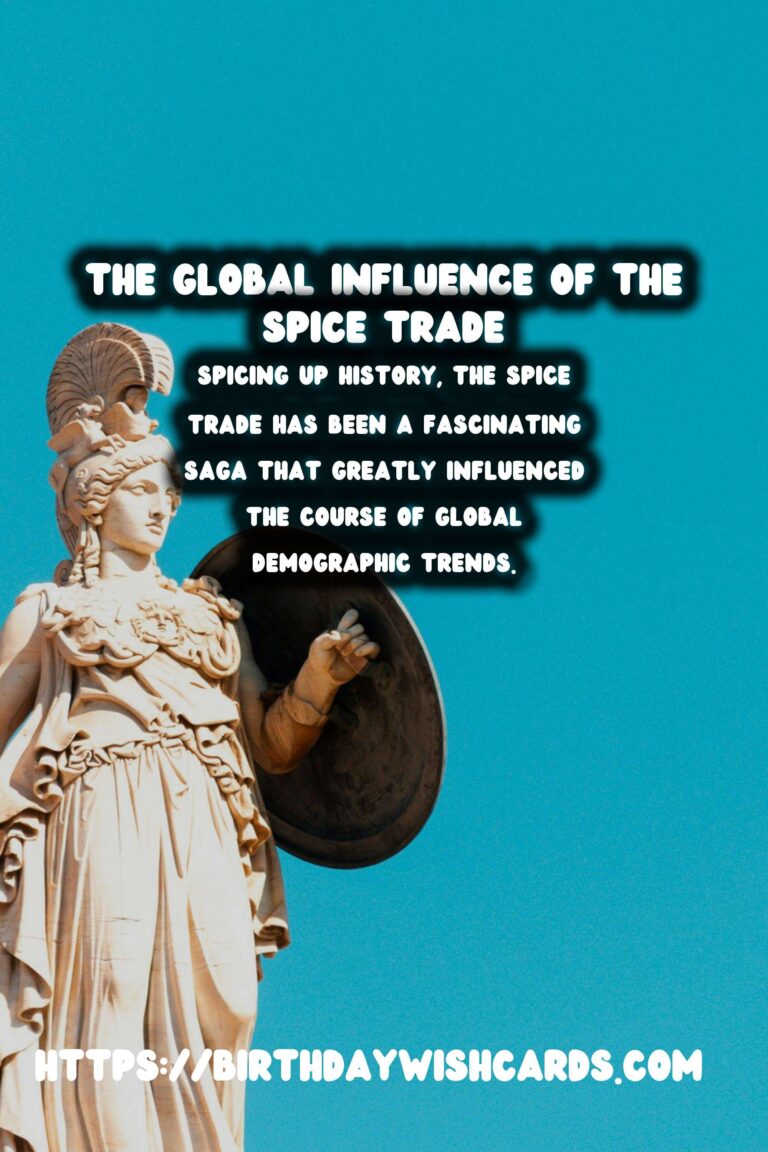
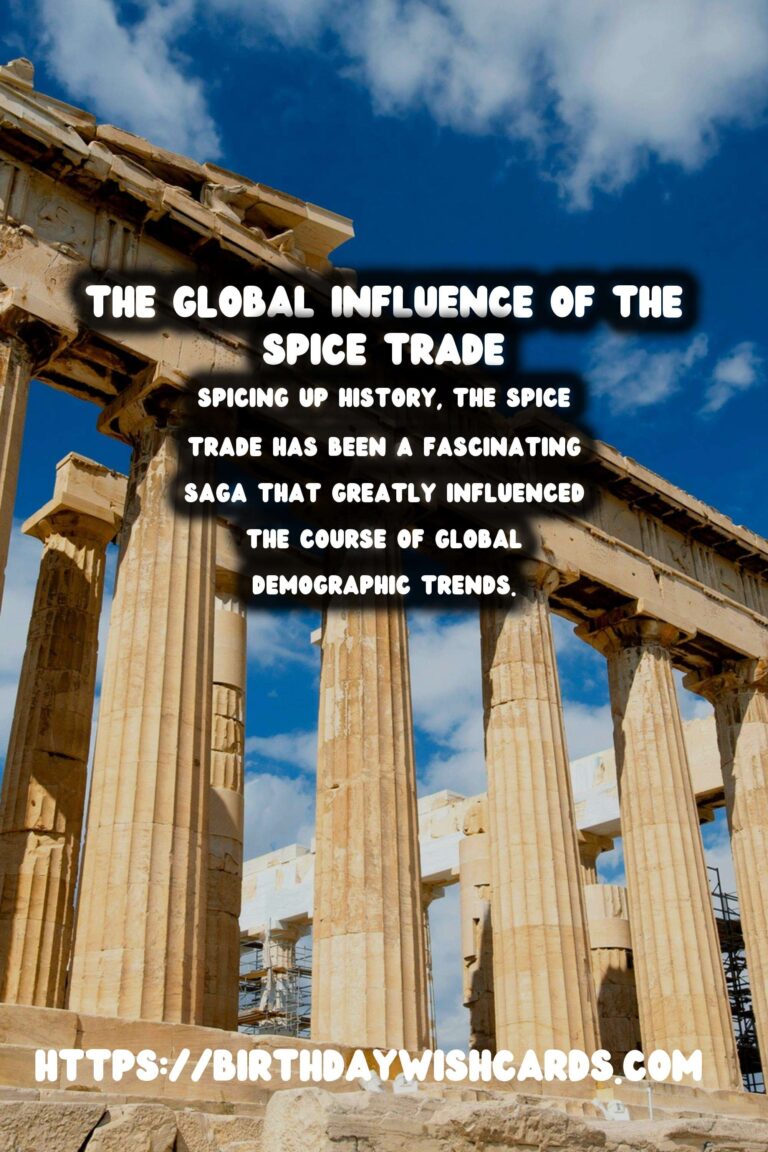
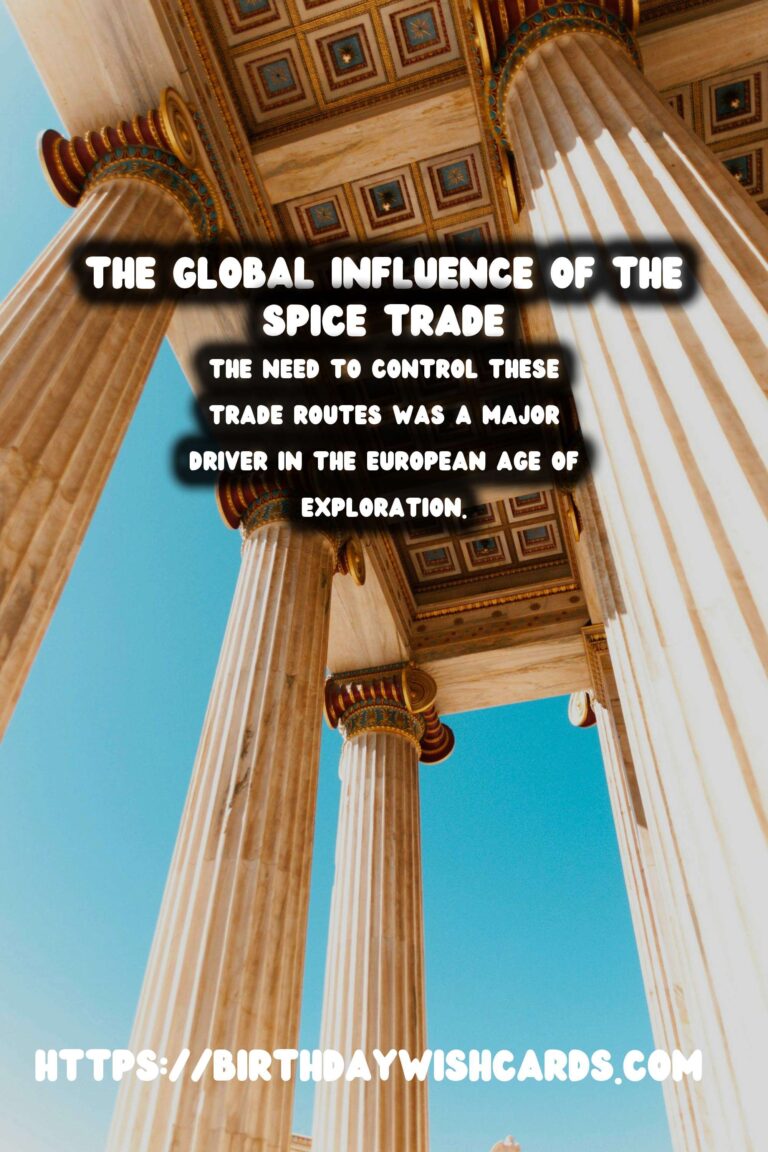
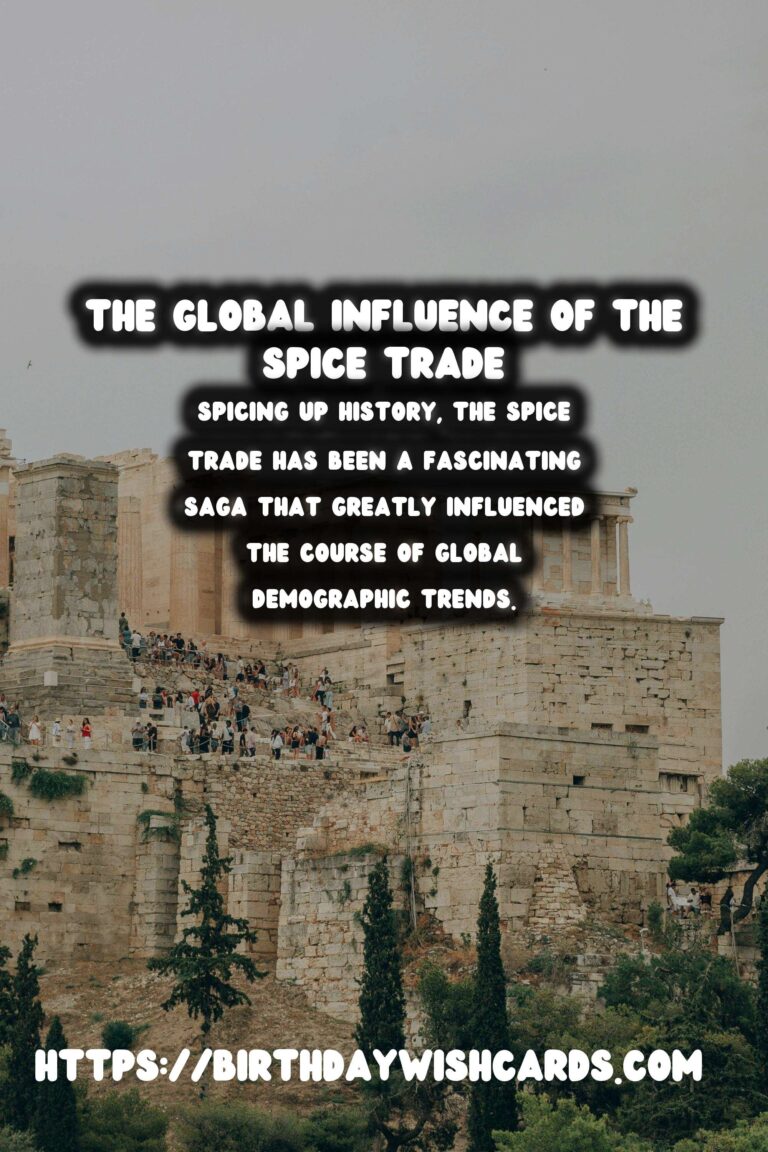
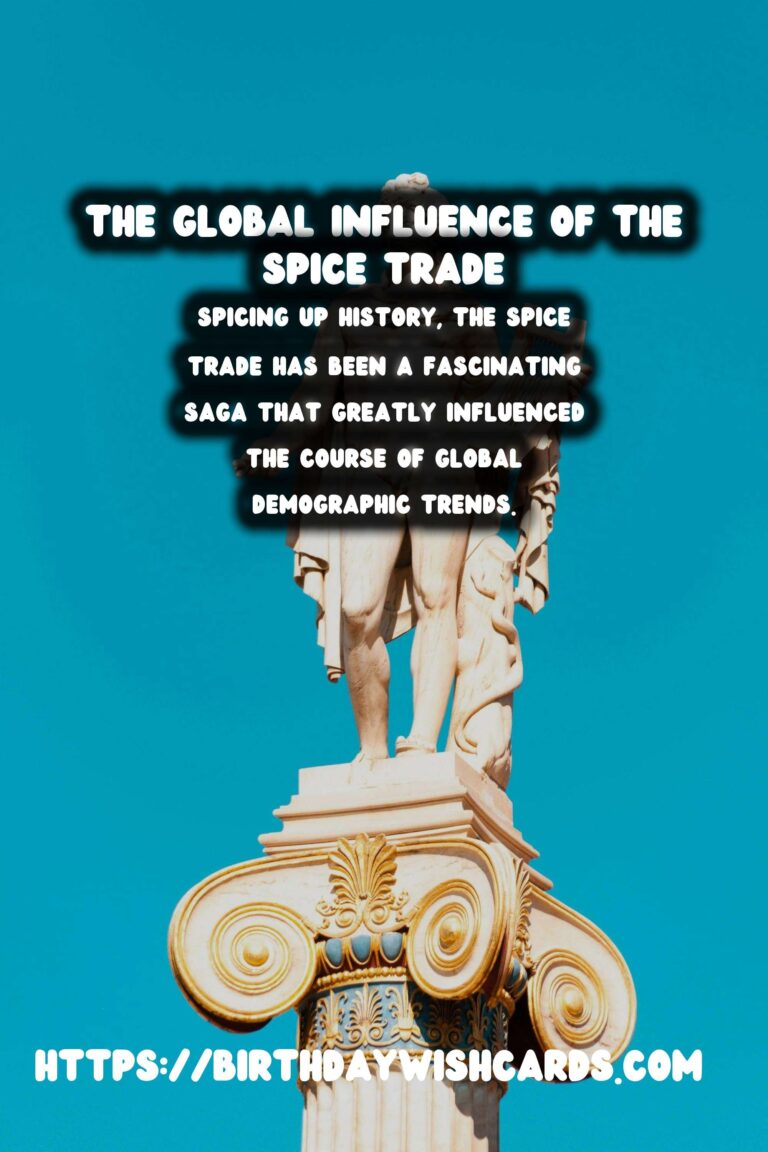
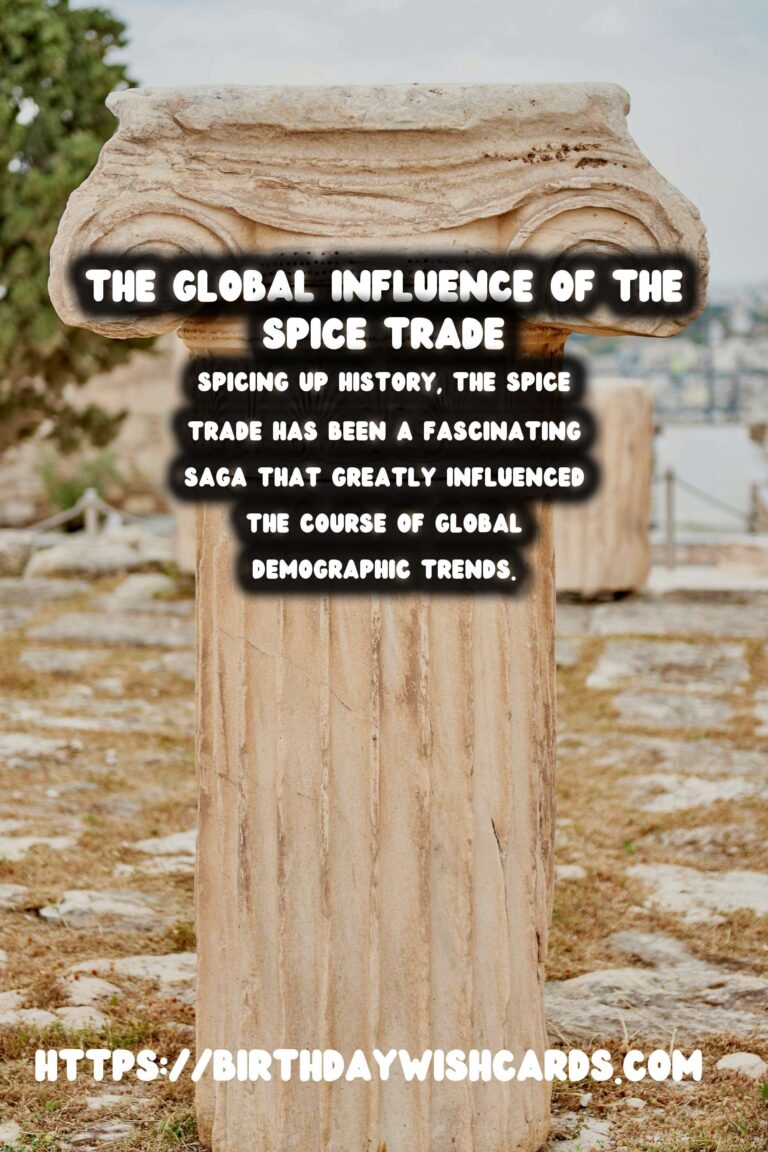
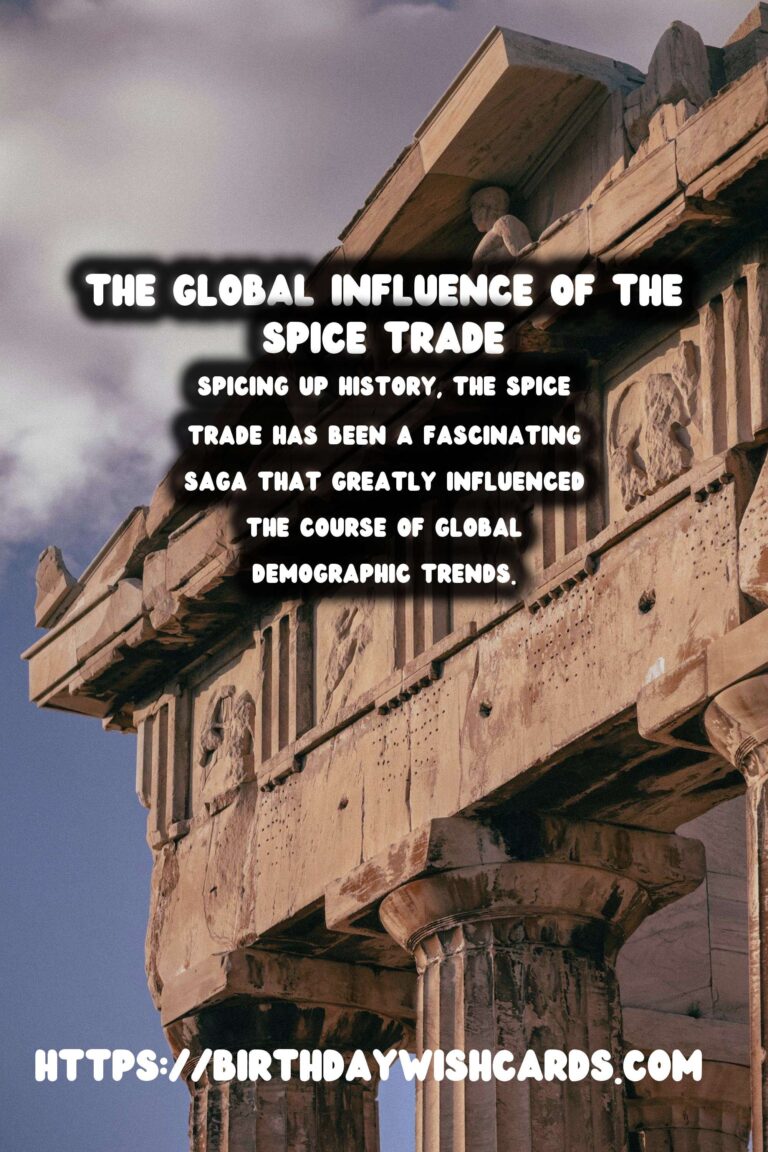
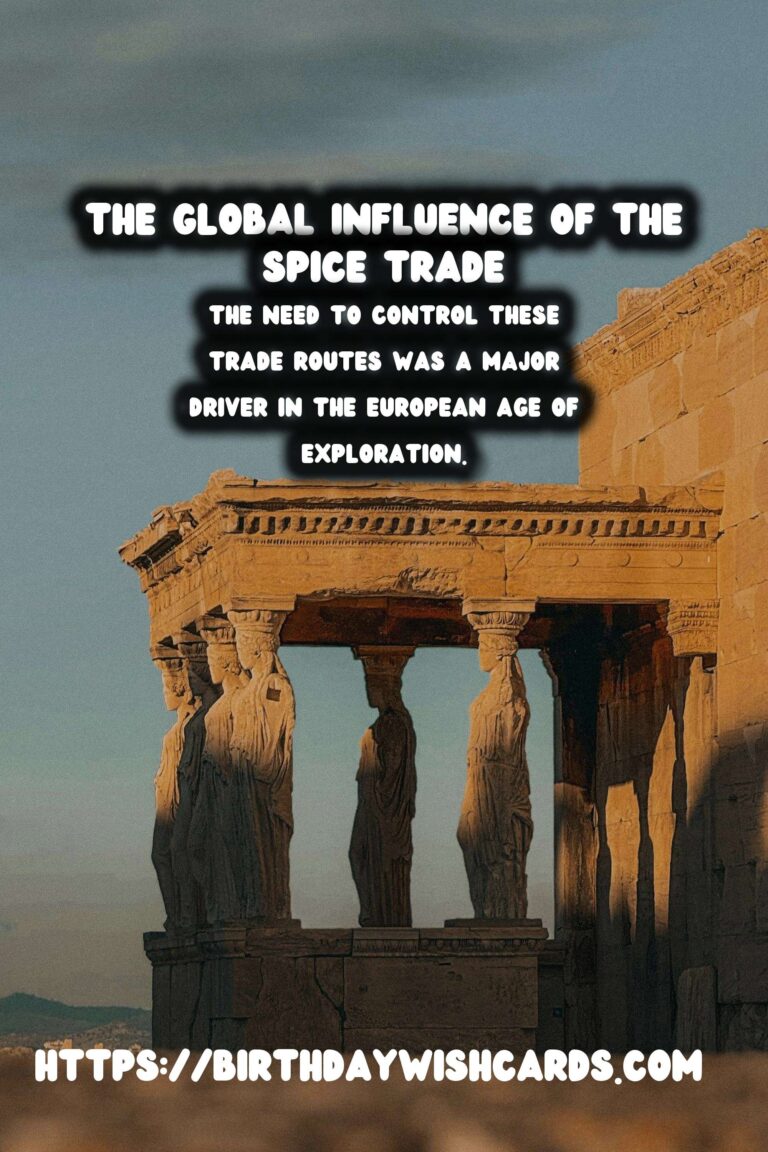

#SpiceTrade #GlobalInfluence




